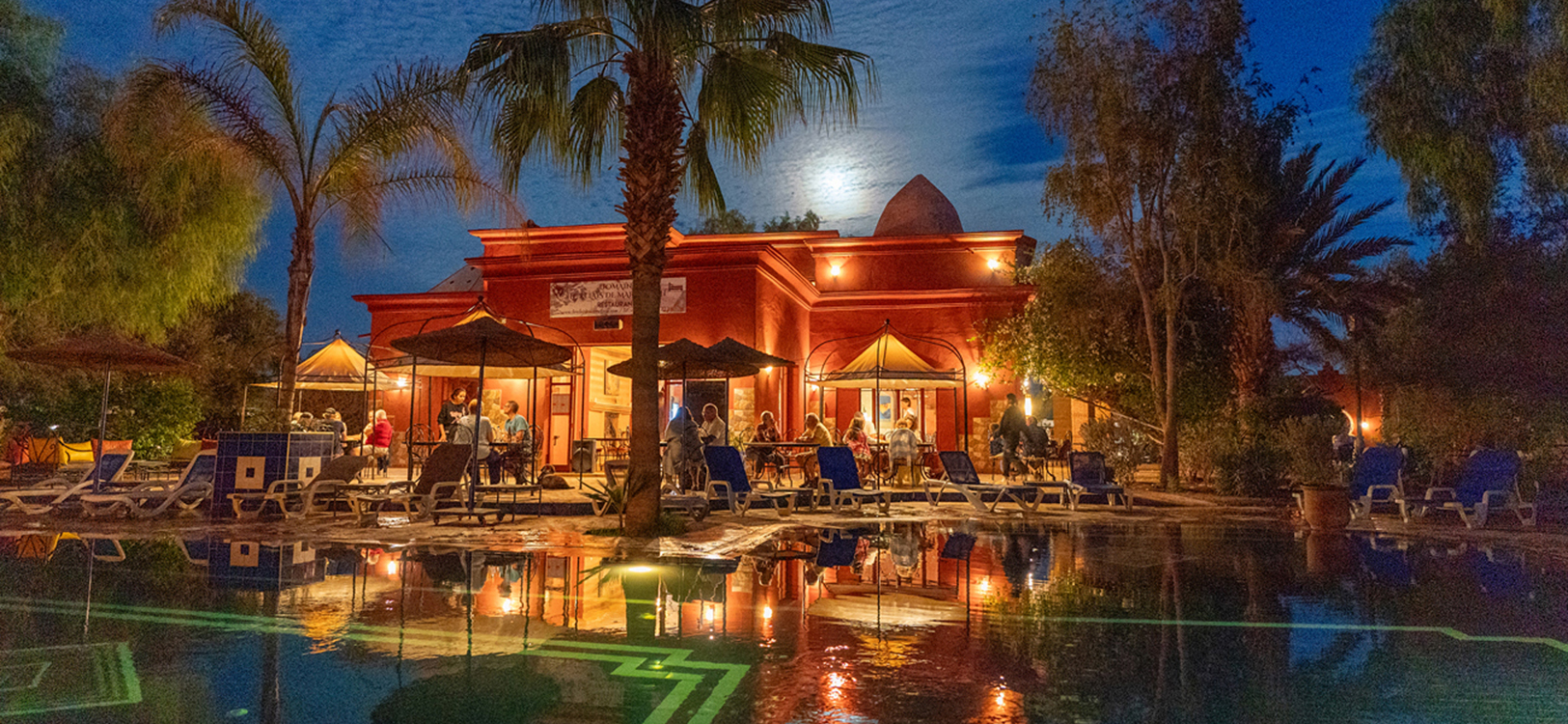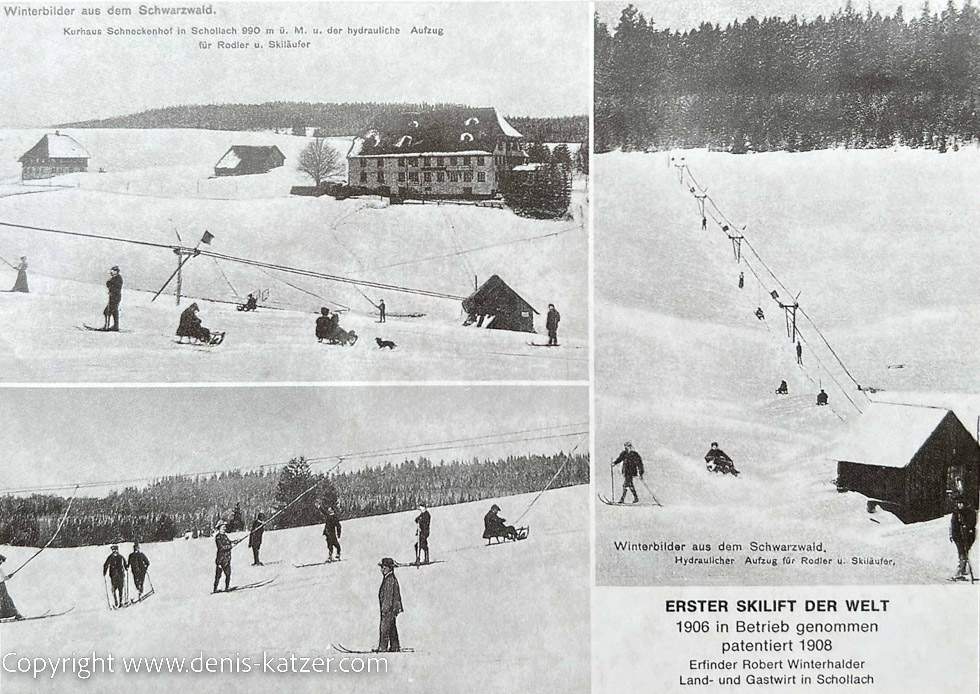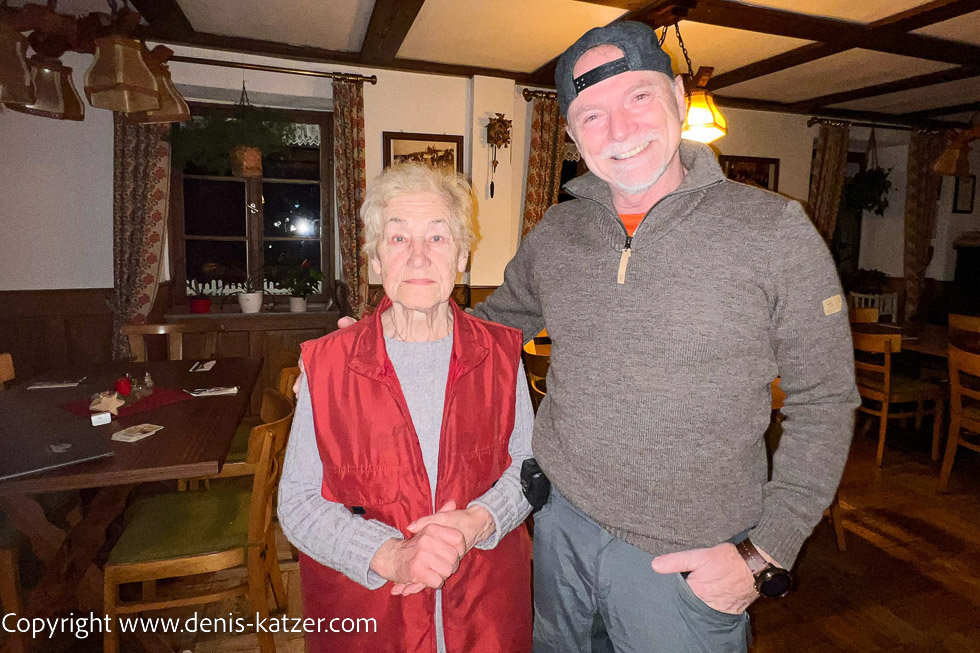
Myths and legends
N 47°29'00.9" E 005°58'28.5"
Date:
06.12.2022
Day: 003
Country:
Germany
Location:
Schneckenhof in the Black Forest
Latitude N:
47°29’00.9″
Longitude E:
005°58’28.5″
Kilometers per day:
114 km
Total kilometers:
425 km
Altitude
1000 meters
Travel time:
03:15 hrs.
Temperature day max:
4°
Night temperature:
0°
Departure:
14:00
Arrival time:
5:15 pm
“Before it gets dark, we should find a place to spend the night,” Tanja suggests as the approaching dusk increasingly swallows up the daylight. Suddenly the road ends in a roadworks site. “We can’t go any further here,” I realize and try to turn the Terra around. “Watch out!” calls Tanja. Behind us, the asphalt has collapsed. A yawning deep hole opens its maw to swallow our mobile. I slam on the brakes. “Didn’t you see the hole?” asks Tanja. “Of course I saw it, but to be able to turn, I have to drive close to the hole,” I reply, shifting into first gear to let the Terra roll forward a few meters again. Back and forth a few times, always to the edge of the evil hole, then I steer our 7-ton truck past a few barriers at intervals of a few centimetres and we are back on the black asphalt strips blackened by the gloom. The road is lined on both sides by opaque forests. We drive over a mountain range, the head of which is crowned with a white wreath of snow. “When I imagine how difficult it must have been for the early inhabitants of this area to get ahead, we are living in absolute luxury right now,” I say.
“What do you mean?” asks Tanja. “The approximately 9 km long Höllental valley, not far from here, with its steep slopes up to 600 m high, was considered almost impassable for centuries. Even French soldiers on their way to the battlefields of the Franco-Austrian War struggled through the gorge and called it the Valley of Hell. Today, it is filled with a four-lane federal highway and railroad line and connects Freiburg and Donaueschingen. Incidentally, the only and first connection in the Black Forest was an old Roman road that led up the Wagensteig valley. The Black Forest was a real wilderness. Life back then had nothing in common with the romance of today. There was no electric light, no supermarket, no doctor and certainly no connection to the outside world in winter. People had to rely on themselves,” I reply.




The forest glides past us in search of a pitch for the night. Every now and then a lonely farm appears. As soon as our eyes catch it, it disappears again. The whirring of the engine and the current situation stimulate my imagination, linking a few gruesome stories, legends and tales I’ve read about this region. For example, the Mörderloch, a redoubt (simple fortification) built by the Black Forest inhabitants to defend themselves against French plundering raids. “Some of them must have died,” I whisper. “What did you say?” asks Tanja. “Sorry, I just had a few scary stories running through my head,” I reply, putting my thoughts into words. “And the French waged war here?” Tanja wants to know. “I don’t know, but as I mentioned earlier, plundering French troops passed through here during the Franco-Austrian War. The inhabitants of this region must have suffered as a result. I have read that the imperial troops successfully entrenched themselves on the ridges of the Black Forest to defend themselves against the invaders. The Murder Hole is also mentioned in this context. It was a terrible time in war-torn Europe. The Thirty Years’ War, which raged from 1618 to 1648, also cast its shadow here. But regardless of the wars that constantly plague mankind, the Black Forest is known for its legendary places, gorges, caves, woodlands, remote landscapes and lore,” I chat. “Can you remember what the lore is called?” “Hm, let me think about it. There’s the legend of the Bruderloch, where a former monk from Venice is said to have lived in a cave and produced gold. Or the legend of the Mummelsee. It is a story that tells that where the lake now spreads its black waters, there was a holy dwelling place consecrated by God in which childlike pious souls lived. It was said that peace reigned there for eternity until the wrath of heaven suddenly destroyed the place. There are numerous other legends, such as that of the Dutchman Michel, the coal-munk Peter and so on,” I recapitulate the information I read last night. “From the sound of it, the Black Forest would be worth an extensive bike tour,” Tanja thinks. “Absolutely, but for now we’re going to Morocco,” I reply with a laugh.
“There, look at that! That would be a good place to spend the night,” I interrupt my laughter as a large, venerable farmhouse appears on the right. “We’ve found something,” Tanja says happily, “Gasthaus Schneckenhof,” we read. Is there anything left to eat there?” I ponder. “When my people are back from the stables, we’ll be happy to prepare a warm dinner for them,” says an elderly lady.
To pass the time, we go to the Terra, write down the day’s log data and feed a few pictures into the laptop. It is pitch dark when we enter the snail yard. Two older men are the only guests with us. They stare at the television and barely notice us. “This is where the legends and myths fit in,” says Tanja, letting her gaze wander through the rustic and cozy-looking restaurant.
The aged wooden walls, ceilings and floors seem to be permeated with stories, conversations, whispers, sorrow and joy. “If you like, you can choose a dish from the menu,” offers the old lady, who introduces herself to us as Elfriede. “Wow, you’re cooking for two guests?” I ask in amazement. “Why, yes. We’re happy to do that. No matter how many guests there are. By the way, you’re lucky, we’re almost always fully booked in the high season and it’s like a pigeon loft here. I’ve been here since I was a teenager and am part of the Schneckenhof’s inventory,” Elfriede chats amiably. “May I ask how old you are?” “I’m 83.” “And still working in service?” “Yes, I enjoy it. I’ll do it until I’m dead,” smiles the sprightly, agile woman and disappears into the kitchen with our order. “Gate!” we hear the two men shout. “For whom?” I ask. The Moroccans are winning against the Spanish,” they reply. “Perhaps a good omen for our trip,” I reply. “Why?” “We’re going to Morocco,” Tanja replies. “Oh, then we wish them a good and safe journey,” says the older of the two.
Just 20 minutes later, Elfriede puts the food on the table. “Enjoy your meal,” she wishes us and jumps back behind the counter like a 40-year-old to wash up a few glasses. “Tastes fantastic!” I exclaim. “My boss is a good cook,” replies Elfriede. When Elfriede brings the bill some time later, she talks about how things were on the farm 60 years ago. “We had many guests who also came here to ski. They always left their boots outside their room and had to be cleaned every day.” “Really?” asks Tanja. “Sure, the first ski boots were still made of leather and needed shoe grease. Shining the boots was part of the service.” “Was there a ski lift here?” I ask. “Yes, the former landlord Robert Winterhalder, God rest his soul, invented and patented the world’s first ski lift back in 1906. Word of this sensation spread quickly and we were able to entertain many guests from all over the world. Take a look at the pictures and old patent certificates. They’re all over the walls here,” says Elfriede with pride in her voice. Elfriede guides us through the old wooden rooms and tells us stories from her past. “We wish them good health and many more great years of service,” we say goodbye and take another photo of the wonderful woman who will certainly remain in our memories…
We look forward to your comments!

